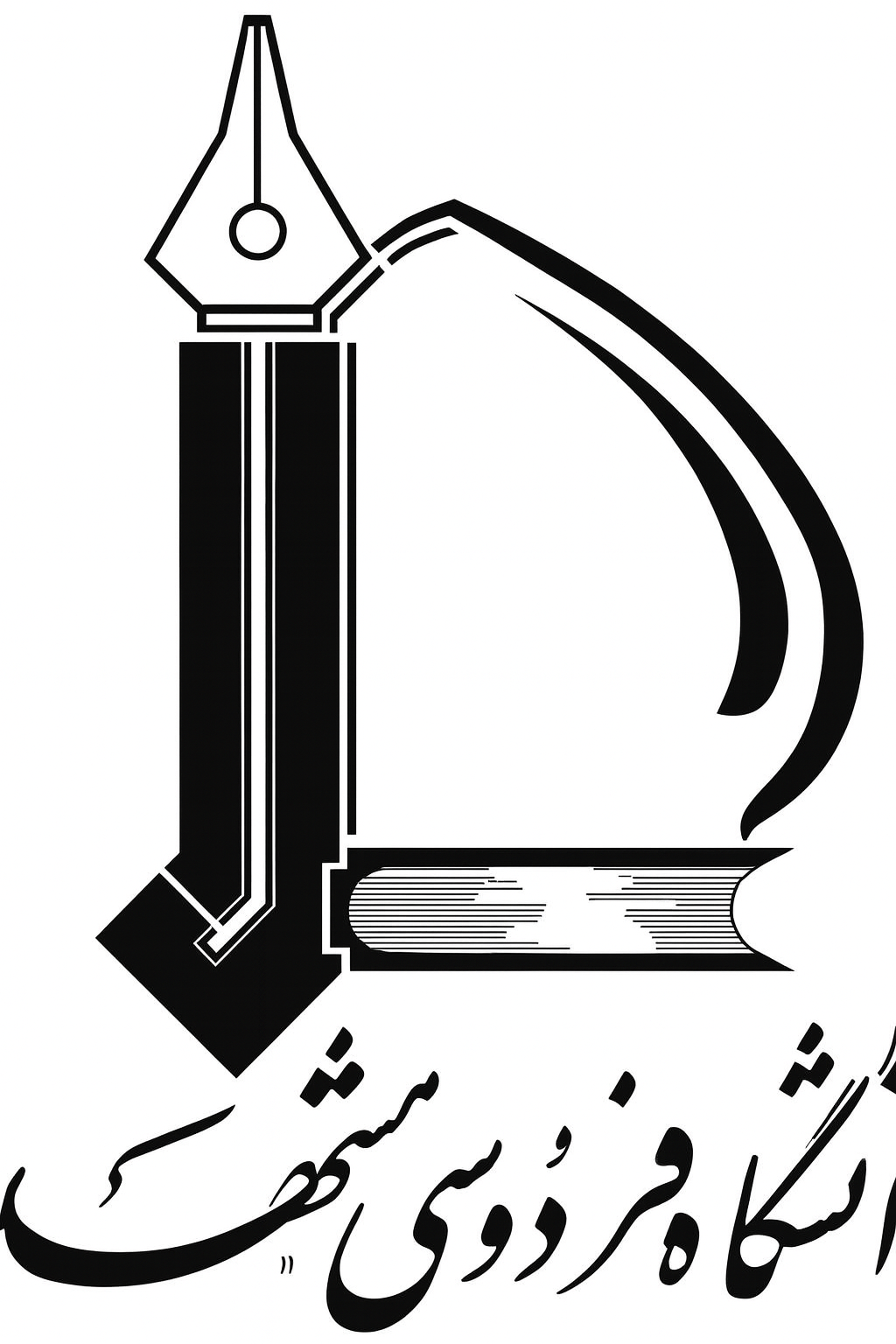Title : ( Rules of Competitive Stimulus Selection in a Cholinergic Isthmic Nucleus of the Owl Midbrain )
Authors: Ali Asadollahi , Shreesh Mysore , Eric Knudsen ,Access to full-text not allowed by authors
Abstract
In a natural scene, multiple stimuli compete for the control of gaze direction and attention. The nucleus isthmi pars parvocellularis (Ipc) is a cholinergic, midbrain nucleus that is reciprocally interconnected to the optic tectum, a structure known to be involved in the control of gaze and attention. Previous research has shown that the responses of many Ipc units to a visual stimulus presented inside the classical receptive field (RF) can be powerfully inhibited when the strength of a distant, competing stimulus becomes the stronger stimulus. This study investigated further the nature of competitive interactions in the Ipc of owls by using two complementary protocols: in the first protocol, we measured the effects of a distant stimulus on responses to an RF stimulus located at different positions inside the RF; in the second protocol, we measured the effects of a distant stimulus on responses to RF stimuli of different strengths. The first protocol demonstrated that the effect of a competing stimulus is purely divisive: the competitor caused a proportional reduction in responses to the RF stimulus that did not alter either the location or sharpness of spatial tuning. The second protocol demonstrated that, for most units, the strength of this divisive inhibition is regulated powerfully by the relative strengths of the competing stimuli: inhibition was strong when the competitor was the stronger stimulus and weak when the competitor was the weaker stimulus. The data indicate that competitive interactions in the Ipc depend on feedback and a globally divisive inhibitory network.
Keywords
, Vision, Attention, Midbrain, Cholinergic@article{paperid:1039408,
author = {Asadollahi, Ali and Shreesh Mysore and Eric Knudsen},
title = {Rules of Competitive Stimulus Selection in a Cholinergic Isthmic Nucleus of the Owl Midbrain},
journal = {Journal of Neuroscience},
year = {2011},
volume = {31},
number = {16},
month = {April},
issn = {0270-6474},
pages = {6088--6097},
numpages = {9},
keywords = {Vision; Attention; Midbrain; Cholinergic},
}
%0 Journal Article
%T Rules of Competitive Stimulus Selection in a Cholinergic Isthmic Nucleus of the Owl Midbrain
%A Asadollahi, Ali
%A Shreesh Mysore
%A Eric Knudsen
%J Journal of Neuroscience
%@ 0270-6474
%D 2011

 دانلود فایل برای اعضای دانشگاه
دانلود فایل برای اعضای دانشگاه
